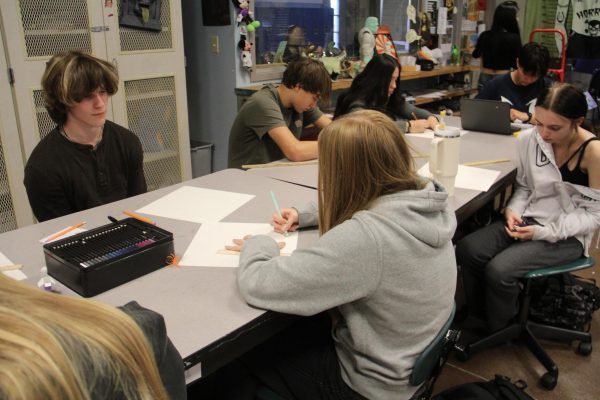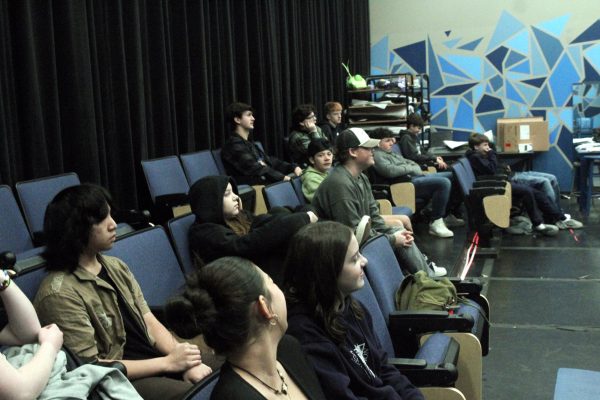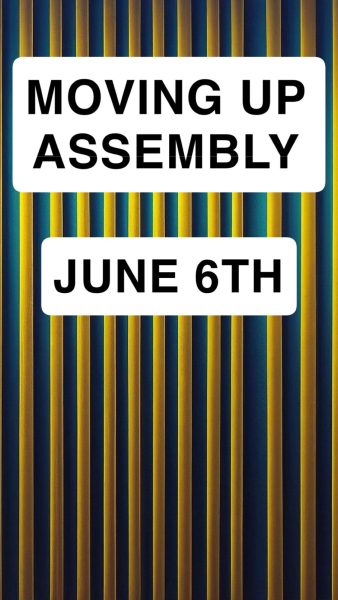Gender Differences in Education- Why Do They Matter?

Being human beings, everyone has even the slightest inherent bias in favor of or against some group of people. In some instances, this bias is easier to hide than in others. Especially in education, it is important that these biases are hidden and not acted upon.
One unfortunate instance in which personal bias may come into play is education. There are many unfortunate statistics that would point to the idea that there is disparity between how males and females go through high school and college- or don’t.
80% of all high school dropouts are boys, and the exact same number applies to classroom discipline issues. Only 44% of college students are boys.
If that isn’t convincing enough: ⅔ of D and F grades are earned by boys. Boys score lower in both reading and writing in 8th grade. The average boy in his junior year of high school writes at the level of the average 8th grade girl.
These numbers, though, are rarely given mainstream attention.
One study on gender disparities in the classroom found that, even when scoring similarly on tests in math and science, boys were given lower grades than girls.
When boys displayed behaviors and attitudes reminiscent of that of their female counterparts, though, their grades went up.
“There might be a handwriting issue,” said Mrs. Anderson. “When it’s harder to read, my mindset goes to a poorer grade. Everyone has biases, but we have to fight it and try to be fair.”
However, it would be completely inaccurate to think that this kind of discrimination only happens against boys.
According to a book by two Northern Illinois University professors, science teachers tend to believe that boys earning good grades have innate ability, while girls who earn As are more likely to have earned them from hard work alone.
The study done by these professors also held another fascinating discovery; girls reported more often than boys that they felt unskilled in the areas of science. Male students are more confident in their own abilities, which is a trait that many teachers may respond to.
Another commonly talked about issue regarding sexism against girls is dress code.
Many schools are harsher on girls wearing tank tops with sleeves too short or skirts not covering enough leg because it is seen as a “distraction”, especially to boys. In regards to sleeves and skirts, this is what the AHS dress code has to say:
- Tank tops or dresses must be of a modest cut and not revealing.
- Shorts and skirts must be no shorter than mid-thigh length.
- Halter tops and backless, strapless tops may not be worn.
These dress codes are standard for most high schools, but the problem comes in when they aren’t enforced fairly. Many schools around the country have had students speaking out against unfair enforcement of dress codes.
“We should be allowed to wear spaghetti straps in the summer, especially when it gets so hot,” said KT Bentley (‘20).s
In no way is this article meant to point out anything wrong with any particular student or teacher at Arlington High School, nor is it meant to make any sweeping generalizations about them. However, it is important to keep possible disparities in mind while in the classroom, whether teaching or learning, and to be able to acknowledge as well as resolve any possible biases.
Sources:
https://www.psychologytoday.com/blog/hope-relationships/201402/brain-differences-between-genders
http://www.teachhub.com/why-gender-matters-classroom
http://www.pbs.org/parents/experts/archive/2011/01/why-so-many-boys-dont-care-abo.html
http://people.terry.uga.edu/cornwl/research/cmvp.genderdiffs.pdf
https://www.huffingtonpost.com/2014/04/29/sexist-high-school-science_n_5234915.html
https://www.teenvogue.com/story/sexist-dress-codes-hurt-all-genders








